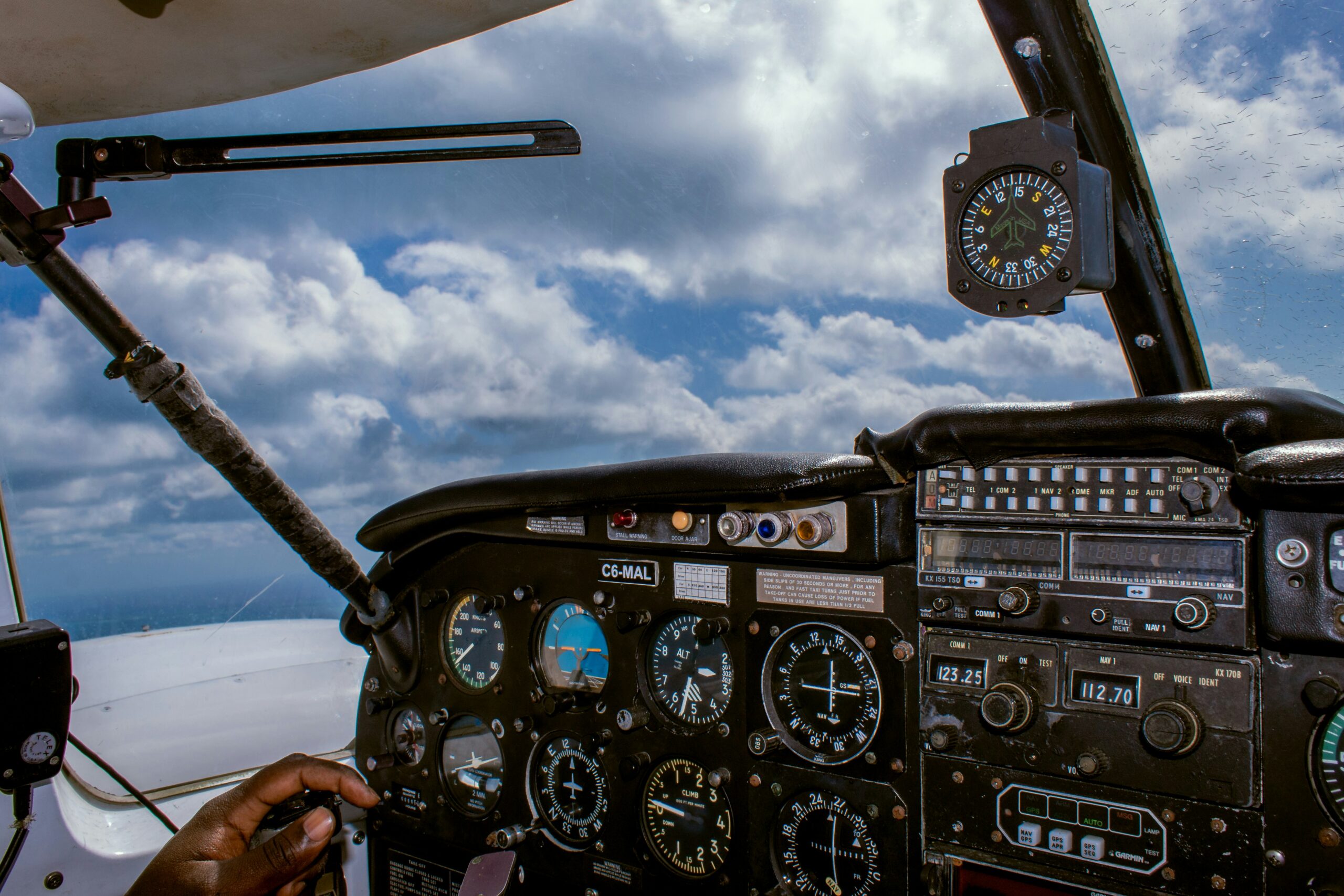
The world of commercial aviation is often seen through the lens of passengers and the glamour of flight. However, behind every smooth takeoff and landing lies a complex business environment where commercial pilots must skillfully balance operational costs with strict regulatory compliance. The challenges they face go far beyond flying the aircraft — they involve navigating financial pressures, adhering to safety regulations, and maintaining efficiency while ensuring passenger safety. This article explores how commercial pilots contribute to managing costs and compliance in the aviation industry, revealing the intricate realities of their profession.
Balancing Operational Costs Without Compromising Safety
Commercial aviation is a capital-intensive industry where operational costs constantly influence decision-making. Pilots, though primarily responsible for flying, play an essential role in managing these costs. Fuel, for instance, represents one of the largest expenses for airlines, and pilots must optimize flight routes and speeds to reduce consumption. By leveraging advanced flight management systems, pilots can adjust altitude and speed in real-time to achieve fuel efficiency without compromising safety or schedules.
Moreover, pilots must communicate with air traffic control and airline operations to adjust flight plans in response to weather, traffic, or emergencies. These decisions often have financial consequences. Choosing a longer but smoother route to avoid turbulence might increase flight time and fuel use but could reduce wear and tear on the aircraft and improve passenger comfort — a trade-off that pilots and airline managers constantly weigh.
In addition to fuel, pilots monitor mechanical performance and coordinate with maintenance crews to address issues early. Preventive measures help avoid costly delays or cancellations, which have significant economic and reputational impacts. Their vigilant oversight helps airlines maintain operational integrity while controlling repair and downtime costs.
Strict Adherence to Regulatory Compliance
Compliance with aviation regulations is non-negotiable and one of the most critical responsibilities of commercial pilots. Regulatory agencies such as the Federal Aviation Administration (FAA) set stringent standards for pilot certification, flight hours, medical fitness, and operational procedures. Pilots must remain current with training, recurrent testing, and updates on regulatory changes.
This regulatory environment ensures safety but also adds complexity and cost to pilot operations. For example, strict limitations on flight and duty hours are designed to prevent fatigue, which affects scheduling and crew management. Pilots must carefully plan rest periods and report any health concerns to comply with these rules.
Beyond personal compliance, pilots are responsible for following detailed procedures during flight operations, including pre-flight inspections, emergency protocols, and communication requirements. Any deviation from regulatory standards can result in penalties for the airline and endanger lives. As such, pilots constantly document and report data, ensuring transparency and accountability.
Technology and Training: Key to Cost and Compliance Management
Technology has become a vital ally for pilots managing costs and compliance. Modern avionics and flight management systems provide real-time data to optimize flight efficiency and support regulatory adherence. Automated logging tools help pilots maintain accurate records of flight hours and duty times, reducing administrative burdens.
Continuous training programs also keep pilots updated on evolving regulations and emerging technologies. These programs represent an investment for airlines but are crucial to ensure pilots’ proficiency and compliance. Simulation-based training allows pilots to practice complex scenarios safely, preparing them for rare but critical situations.
The business of the skies involves much more than flying an aircraft. Commercial pilots are key players in managing the delicate balance between operational costs and strict regulatory compliance. Through skillful decision-making, ongoing training, and the use of technology, they contribute significantly to the airline’s financial health and, most importantly, the safety of every flight. Understanding their role offers a deeper appreciation of the complexities behind every journey through the clouds.